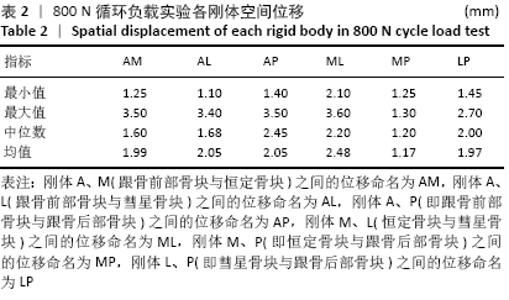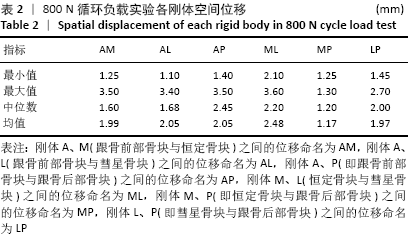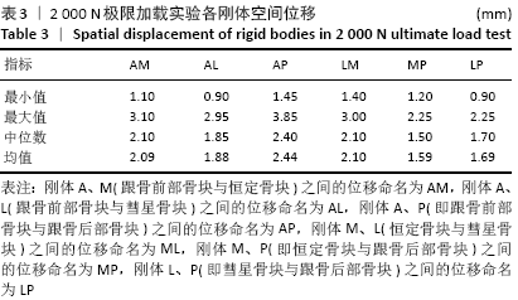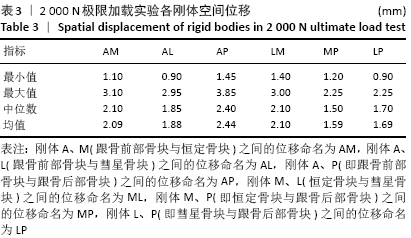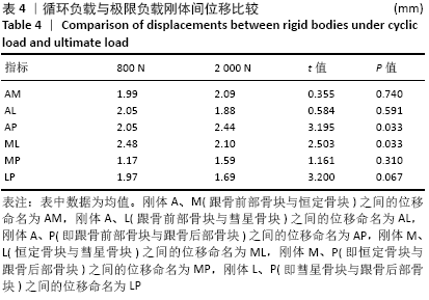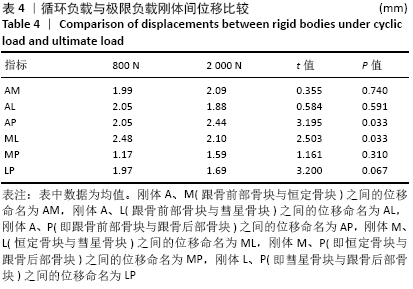[1] EPSTEIN N, CHANDRAN S, CHOU L. Current concepts review: intra-articular fractures of the calcaneus. Foot Ankle Int. 2012;33(1):79-86.
[2] GOTHA HE, ZIDE JR. Current Controversies in Management of Calcaneus Fractures. Orthop Clin North Am. 2017;48(1):91-103.
[3] HOWARD JL, BUCKLEY R, MCCORMACK R, et al, Complications following management of displaced intra-articular calcaneal fractures: a prospective randomized trial comparing open reduction internal fixation with nonoperative management. J Orthop Trauma. 2003;17(4):241-249.
[4] DIRANZO-GARCÍA J, BERTÓ-MARTÍ X, CASTILLO-RUIPEREZ L, et al. Treatment of intraarticular calcaneal fractures by reconstruction plate. Results and complications of 86 fractures. Rev Esp Cir Ortop Traumatol. 2018;S1888-4415(18)30016-X.
[5] SCHEPERS T. Sinus Tarsi Approach with Screws-Only Fixation for Displaced Intra-Articular Calcaneal Fractures. Clin Podiatr Med Surg. 2019;36(2):211-224.
[6] LIN J, XIE C, CHEN K, et al. Comparison of sinus tarsi approach versus extensile lateral approach for displaced intra-articular calcaneal fractures Sanders type IV. Int Orthop. 2019;43(9):2141-2149.
[7] 施忠民. 跟骨关节内骨折微创治疗的基础和临床研究[D]. 苏州:苏州大学, 2014.
[8] 熊浩,刘伟,林伟文,等. 撬拨和切开复位后植入物内固定治疗SandersⅡ型跟骨骨折疗效比较[J]. 中国组织工程研究,2013,17(26):4919-4925.
[9] 黄晟,沈鹏程,徐浩,等. 改良经跗骨窦微创小切口空心钉内固定与传统外侧L形切口钢板内固定治疗跟骨骨折[J]. 中国组织工程研究,2017,21(35): 5668-5672.
[10] VELTMAN ES, DOORNBERG JN, STUFKENS SA, et al. Long-term outcomes of 1,730 calcaneal fractures: systematic review of the literature. J Foot Ankle Surg. 2013;52(4):486-490.
[11] ZHAO B, ZHAO W, ASSAN I. Steinmann pin retractor-assisted reduction with circle plate fixation via sinus tarsi approach for intra-articular calcaneal fractures: a retrospective cohort study. J Orthop Surg Res. 2019;14(1):363.
[12] NOSEWICZ TL, DINGEMANS SA, BACKES M, et al. A systematic review and meta-analysis of the sinus tarsi and extended lateral approach in the operative treatment of displaced intra-articular calcaneal fractures. Foot Ankle Surg. 2019;25(5):580-588.
[13] CARR JB, HAMILTON JJ, BEAR LS. Experimental intra-articular calcaneal fractures: anatomic basis for a new classification. Foot Ankle. 1989;10(2):81-87.
[14] GUPTON M, ÖZDEMIR M, TERREBERRY RR. Anatomy, Bony Pelvis and Lower Limb, Calcaneus. In: StatPearls. Treasure Island (FL): StatPearls Publishing, 2020.
[15] MAHATO NK. Normative size of the osseous part of calcaneal bursa and its comparison with other calcaneal articular areas. Foot (Edinb). 2017;32:49-52.
[16] DAVIS D, SEAMAN TJ, NEWTON EJ. Calcaneus Fractures. In: StatPearls. Treasure Island (FL): StatPearls Publishing, 2020.
[17] SOEUR R, REMY R. Fractures of the calcaneus with displacement of the thalamic portion. J Bone Joint Surg Br. 1975;57(4):413-421.
[18] KEENER BJ, SIZENSKY JA. The anatomy of the calcaneus and surrounding structures. Foot Ankle Clin. 2005;10(3):413-424.
[19] WEWEGE MA, WARD RE. Bone mineral density in pre-professional female ballet dancers: A systematic review and meta-analysis. J Sci Med Sport. 2018;21(8):783-788.
[20] SONG TH, SHIM JC, JUNG DU, et al. Increased Bone Mineral Density after Abstinence in Male Patients with Alcohol Dependence. Clin Psychopharmacol Neurosci. 2018;16(3):282-289.
[21] CHEN W, LIU B, LV H, et al. Radiological study of the secondary reduction effect of early functional exercise on displaced intra-articular calcaneal fractures after internal compression fixation. Int Orthop. 2017;41(9):1953-1961.
[22] SERRANO S, FIGUEIREDO P, PÁSCOA PINHEIRO J. Fatigue Fracture of the Calcaneus: From Early Diagnosis to Treatment: A Case Report of a Triathlon Athlete. Am J Phys Med Rehabil. 2016;95(6):e79-e83.
[23] THEWLIS D, FRAYSSE F, CALLARY SA, et al. Postoperative weight bearing and patient reported outcomes at one year following tibial plateau fractures. Injury. 2017;48(7):1650-1656.
[24] HOUBEN IB, RAABEN M, VAN BASTEN BATENBURG M, et al. Delay in weight bearing in surgically treated tibial shaft fractures is associated with impaired healing: a cohort analysis of 166 tibial fractures. Eur J Orthop Surg Traumatol. 2018;28(7):1429-1436.
[25] LARDELLI P, FRECH-DÖRFLER M, HOLLAND-CUNZ S, et al. Slow Recovery of Weight Bearing After Stabilization of Long-Bone Fractures Using Elastic Stable Intramedullary Nails in Children. Medicine (Baltimore). 2016;95(11):e2966.
[26] KIENAST B, GILLE J, QUEITSCH C, et al. Early Weight Bearing of Calcaneal Fractures Treated by Intraoperative 3D-Fluoroscopy and Locked-Screw Plate Fixation. Open Orthop J. 2009;3:69-74.
[27] HYER CF, ATWAY S, BERLET GC, et al. Early weight bearing of calcaneal fractures fixated with locked plates: a radiographic review. Foot Ankle Spec. 2010;3(6):320-323.
[28] CHENG C, SHOBACK D. Mechanisms Underlying Normal Fracture Healing and Risk Factors for Delayed Healing. Curr Osteoporos Rep. 2019;17(1):36-47.
[29] WENG S, BI C, GU S, et al. Immediate weightbearing after intramedullary fixation of extra-articular distal tibial fractures reduces the nonunion rate compared with traditional weight-bearing protocol: A cohort study. Int J Surg. 2020;76:132-135.
[30] FOULKE BA, KENDAL AR, MURRAY DW, et al. Fracture healing in the elderly: A review. Maturitas. 2016;92:49-55.
|
